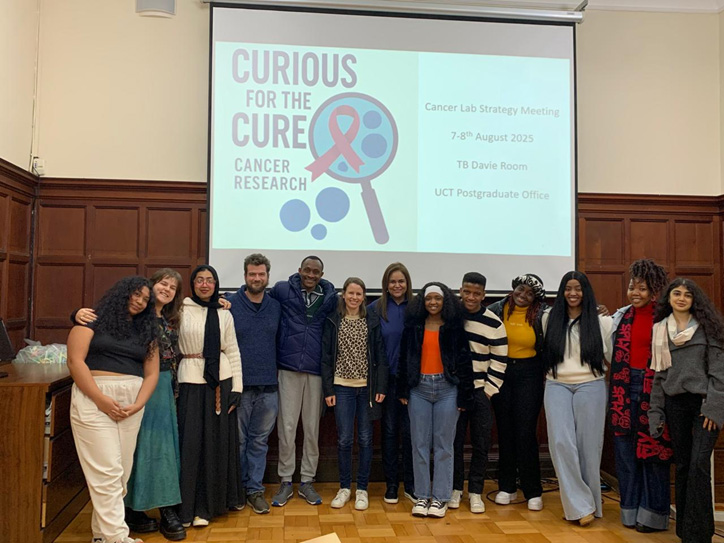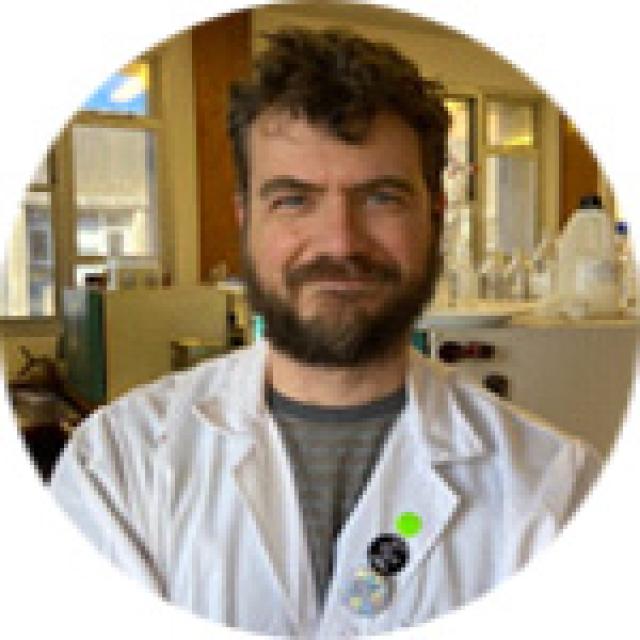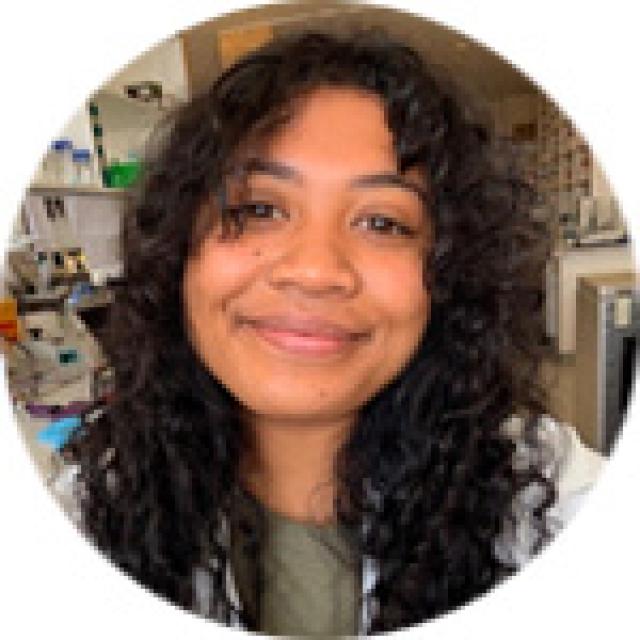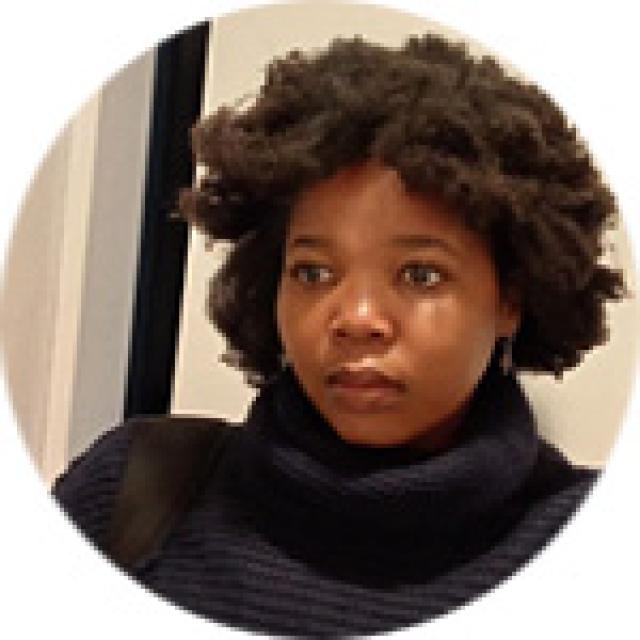Prof Virna Leaner Group
Research interests
Leaner Group Research Interests
Identification of Cancer Biomarkers and Therapeutic Targets.
Using genomic and proteomic approaches we identified gene expression patterns and genes that associate with cervical cancer using a South African patient cohort. The study used control and cervical cancer material from patients attending the Gynecologic Oncology Clinic at Groote Schuur Hospital, Cape Town. Cervical cancer was selected disease model as it remains a disease with high incidence in South Africa with patients mostly presenting with advanced stage disease. The study identified differential expression patterns in cancer patients compared to non-cancer patients. Numerous genes that showed significant altered expression have been validated in patient tissue and cancer cell lines and are currently being investigated further as diagnostic and therapeutic targets in different cancer types.
In silico targeted approaches to identify small molecule ‘leads’ against nuclear import with anti-cancer potential and preclinical models to investigate efficacy.
This aspect of our research has focused on the nuclear import proteins as novel anti-cancer targets. Using an in-silico approach, an ~12 million compound chemical library was screened for small molecules that can bind the nuclear transporter, KpnB1. The computational screen was done in collaboration with Prof. John Trent, University of Louisville). Approximately 50 compounds identified in the screen was further tested for efficacy at blocking both the nuclear import pathway and preferentially killing cancer cells. Small molecules identified to have acceptable efficacy (ie. cancer cell killing effects with a therapeutic index of ~2 and blocking the target) were investigated further using in vivo animal models for cervical and oesophageal cancer. At least two compounds, named Inhibitors of Nuclear Import (INIs), INI43 and INI60 had significant inhibitory effects on cancer cell proliferation and tumour development in nude mice. The efficacy of INI43 has been found to significantly improve anticancer effects when used in combination with cisplatin, suggesting that targeting nuclear import in combination with conventional chemotherapies is more effective at killing cancer cells. We are further exploring the potential and mechanisms associated with the cancer killing effects of INIs in combination treatments.
Leaner - Cancer Laboratory Group Members
Principal Investigator:
Virna Leaner, PhD
Professor in Medical Biochemistry
Department of Integrative Biomedical Sciences, Faculty of Health Sciences, UCT
Room 6.07, Level 6, Falmouth Building, Anzio Road, Observatory, Cape Town, 7925
Ph: 27 21 406 6250
Principle Technical Officer:
Mrs Hajira Guzgay
Room 6.14, Level 6, Falmouth Building
Ph: 27 21 406 6387
Research Officer:
Dr. Pauline van der Watt
Room 6.16, Level 6, Falmouth Building
Postdoctoral Fellow:
Dr. Paul Nayim
Current Postgraduate Students:
PhD
Sean Collins (co-supervised with Professor Roger Hunter, Dept of Chemistry, UCT)
MSc
Boipelo Selebano, submitted 2025
Stella Newell, submitted 2025
Lerato Moselano
Qhama Maqina
Gia Abbott
Narindra Rakotoarison
Danielle Naicker
Lloyd Machaka (co-supervised with Dr. Pauline van der Watt, IBMS, UCT)
Honours
Amahle Amanda Dlamini
Mrittika Islam
Lutendo Sikhwari (co-supervised with Dr. Pauline van der Watt)
Leaner Lab Alumni
BSc (Med)(Honours) in Medical Biochemistry
Qhama Maqina, graduated 2024
Siyabonga Mdidimba, graduated 2023
Nicole Kantor, graduated 2023
Lloyd Machaka, graduated 2023 (co-supervised with Dr. Pauline van der Watt, IBMS, UCT)
Dimpho Mphaka, graduated 2022
Narindra Rakotoarison, graduated 2022
Gouwah van der Schyff, graduated 2022 (co-supervised with Dr. Pauline van der Watt)
Stell Newell, graduated 2021
Heather Diago, graduated 2021 (co-supervised with Dr. Pauline van der Watt)
Shabita Rahman, graduated 2020
Leann Dean, graduated 2020 (co-supervised with Dr. Pauline van der Watt)
Chloe Buck, graduated 2019
Alexandra Whitehouse, graduated 2019
Anathi Ngxakeni, graduated 2018
Claire Bellis, graduated 2018 (co-supervised with Assoc Professor Denver Hendricks, IBMS, UCT)
Machaba Sathege, graduated 2017
Katie Davis, graduated 2017 (co-supervised with Dr. Pauline van der Watt)
Jordan Apperley, graduated 2016
Waldo Lexow, graduated 2016 (co-supervised with Dr. Pauline van der Watt)
Sian Da Silva, graduated 2015 (co-supervised with Dr. Pauline van der Watt)
Sarah Carden, graduated 2014
Sohair Geyer, graduated 2013
Ellen Ngarande, graduated 2010
Dunja Mrjen, graduated 2010
Nina Holderness, graduated 2008
Paul Kennedy, graduated 2008
Michelle Ward, graduated 2007
Louise Copley, graduated 2006
Michelle Martiz, graduated 2005
MSc
Alexandra Whitehouse, graduated 2025
Shabita Rahman, graduated 2023
Gabriela Wilensky, graduated 2022
Michael Okpara, graduated 2019
Nonkululeko Mkwanazi, graduated 2018
Andrew Wishart, graduated 2017
Sarah Carden, graduated 2017
Mateen Wagiet, graduated 2015
Tamlyn Shaw, graduated 2014
Cleo Williams, graduated 2013
Catherine Stowell, graduated 2012
Michelle Ward, graduated 2009
Michelle Maritz, graduated 2007
PhD
Dr Nonkululeko Mkwanazi, graduated 2023 (co-supervised with Professor Arieh Katz, IBMS, UCT)
Dr Aderonke Ajayi-Smith, graduated 2019
Dr Tamara Stelma-Sweet, graduated 2018
Dr Cherise Dunn, graduated 2016
Dr Erin Strydom, graduated 2016
Dr Alicia Ru-pin Chi, graduated 2016
Dr Hapiloe Maranyane, graduated 2015
Dr Nina Holderness-Parker, graduated 2014
Dr Beverley Rose-van Rooyen, graduated 2011 (co-supervised with Prof Iqbal Parker, IBMS, UCT)
Dr Kevin Dzobo, graduated 2009 (co-supervised with Prof Iqbal Parker, IBMS, UCT)
Key Publications
Identification of Cancer Biomarkers and Therapeutic Targets using Cervical and Oesophageal Cancer as disease models.
1. Pauline van der Watt, Michael Okpara, Andrew Wishart, M. Iqbal Parker, Nelson Soares, Jonathan Blackburn, Virna D. Leaner, Nuclear transport proteins are potential novel biomarkers for the detection of cervical and oesophageal cancers. International Journal of Cancer, (2022) Jan 15;150(2):347-361.
2. Michelle Ward, Pauline van der Watt, Gannie Tzoneva and Virna D. Leaner., Deregulated LAP2α expression in cervical cancer associates with aberrant E2F and p53 activities. IUBMB Life. (2011) Nov;63(11):1018-26.
3. Pauline J. van der Watt, Christopher P. Maske, Denver T. Hendricks, M. Iqbal Parker, Lynette Denny, Dhirendra Govender, Michael J. Birrer, and Virna D. Leaner., The Karyopherin proteins, Crm1 and Karyopherin B1, are overexpressed in cervical cancer and critical for cancer cell survival and proliferation. International Journal of Cancer. (2009) Apr 15;124(8):1829-40.
Molecular mechanisms associated with differential gene expression patterns in cervical cancers – a role for nuclear transport pathways.
1. Sarah Carden, Pauline van der Watt, Alica Chi, Aderonke Ajayi-Smith, Virna D. Leaner, A tight balance of Karyopherin B1 expression is required in cervical cancer cells. BMC Cancer. (2018) Nov 16;18(1):1123.
2. Tamara Stelma and Virna D. Leaner, KPNB1-mediated nuclear import is required for motility and inflammatory transcription factor activity in cervical cancer cells. Oncotarget. (2017) May 16;8(20):32833-32847.
3. Liselotte Angus, Pauline J. van der Watt and Virna D. Leaner., Inhibition of the nuclear transporter, Kpnβ1, results in prolonged mitotic arrest and activation of the intrinsic apoptotic pathway in cancer cells. Carcinogenesis, (2014) 35(5): 1121-1131.
Targeted drug design approaches to identify small molecule ‘leads’ against nuclear import with anti-cancer potential and preclinical models to investigate efficacy.
1. Stella Newell, Pauline J van der Watt and Virna D. Leaner, Therapeutic targeting of nuclear transport proteins in cancer and its potential in combination chemotherapy. IUBMB Life, 2024 Jan: 76 (1):4-25.
2. Chi RA, van der Watt P, Wei W, Birrer MJ, Leaner VD., Inhibition of Kpnβ1 mediated nuclear import enhances cisplatin chemosensitivity in cervical cancer., BMC Cancer. 2021 Feb 2;21(1):106.
3. Aderonke Ajayi-Smith, Pauline van der Watt, Sarah Carden, John O Trent and Virna D. Leaner, Novel small molecule inhibitor of Kpnβ1 induces cell cycle arrest and apoptosis in cancer cells. Exp Cell Res. 2021 Jul 15;404(2):112637.
4. Pauline J. van der Watt, Alicia Chi, Tamara Stelma, Catherine Stowell, Erin Strydom, Sarah Carden, Kate Hadley, Liselotte Angus, Wei Wei, Michael J. Birrer, John Trent and Virna D. Leaner, Small molecule inhibitors of nuclear import with anti-cancer activity. Molecular Cancer Therapeutics, 15(4): 560-573 (2016).
Complete List of Published Works and Patents
Scopus
Scopus – Patents Granted and Filed
Web of Science
List of Collaborators
Prof Stefan Barth, Division of Chemical & Systems Biology, IBMS, FHS, UCT
Prof Roger Hunter, Department of Chemistry, Faculty of Science, UCT
Prof Sharon Prince, Division of Medical Cell Biology, Dept of Human Biology, FHS, UCT
Prof M.I. Parker, Division of Medical Biochemistry & Structural Biology, IBMS, FHS, UCT
Assoc Prof Tracy Adams, Department of Obstetrics and Gynaecology, FHS, UCT and GSH
Assoc Prof Nomonde Mbatani, Department of Obstetrics and Gynaecology, FHS, UCT and GSH
Dr Jacky Maluleke, Division of Anatomical Pathology, Dept of Pathology, FHS, UCT
Dr Tariq Ganief, Division of Chemical & Systems Biology, IBMS, FHS, UCT
Prof Michael Birrer, University of Arkansas Medical School – College of Medicine

|
| Cancer Lab Strategy Meeting, 7-8th August 2025 |













